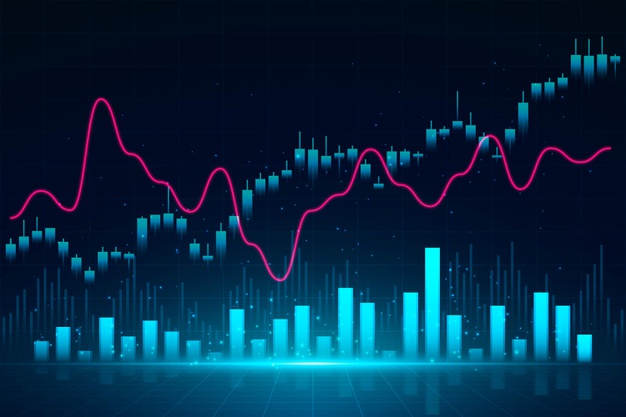Position or lot size plays an important role in determining the number of profits or losses in the FX market. One may have adopted the best business strategy for this platform, but still, he may lose money because of choosing the wrong volume size. Choosing a smaller size means it will bring you a small amount of money if the market moves upward. At the same time, it will minimize the losses when the market moves downward. Similarly, choosing a bigger lot means that a trader can earn a good amount of money if the price moves in his favor, but he may also lose a huge amount of money if the price moves against his luck.
For instance, suppose a trader has chosen the lot size of 0.1. Therefore, when the graph rises or moves up, he will make $10 profits, and if the market moves down, he will lose $10. Now, let’s create another scenario. The trader has chosen the volume size of 1, which is ten times higher than the previous. Therefore, when the market moves in his favor, he can earn $100 for every pip movement, and if the graph falls, the trader has to do nothing with the huge loss. In this case, he will lose $100 per pip movement. Explore more details at Saxo as trading conditions greatly varies in UK depending on the broker quality.
Remember the followings –
- Micro lot is equivalent to 1,000 unit of a specific currency
- The standard lot is equivalent to 100,000 units
- A mini lot is equivalent to 10,000 units
A trader may face two risks in the Forex industry – i) account risk or ii) trade risk.
Many people become confused about what to do and what not to after entering the market. Here is the advice that will help you determine an ideal volume size while trading –
Set the limit to account for risk
This is an essential step to set the size. Every beginner should establish a particular percentage of the currency amount as a limit that he is willing to risk per trade. For instance, suppose an investor has approximately $100 in his account, and he is willing to take 10% risk per trade, which means $10 per trade. If the limit is set to 50%, then the amount will be $50. Experts always tell the newbies not to take risk more than 1% of their account.
Risks related to pip movement
After setting up the limit of the account, it is time to focus on the trade risk. Pip means “price interest point”, which is regarded as the last digit of the price (also known as the smallest fraction). A pip is equivalent to 0.0001 for most of the currency pairs, and for the Japanese yen, the pip is equivalent to 0.01.
To make it clear, let’s include the stop-loss concept here. The Stop-loss limit is a predetermined point at which your trade will be automatically closed because of the downtrend. Suppose you have bought a currency at 1.2888 and have established the stop-loss limit at 1.2878. It means, when the graph touches this determined value and move further below, the trade will be ended. In this case, you have selected 20 pips movement (risking 20 pips).
Position size for a specific trade
Here is the formula to calculate the perfect lot size,
Pips at risk x pip value x lots = amount of $ at risk
Let’s take a look at the previous $100 and 10% example. If a trader takes risks 10% of his account, then the maximum risk will be $10 in each trade. If the investor buys the EUR/USD pair at 1.4444 and puts the stop-loss limit at 1.4424, it will indicate that he has taken 20 pips at uncertainty.
Here is the basic knowledge of determining or establishing volume size before entering a trade. You can practice with the demo account to enhance your understanding of choosing and finding an ideal one.
















